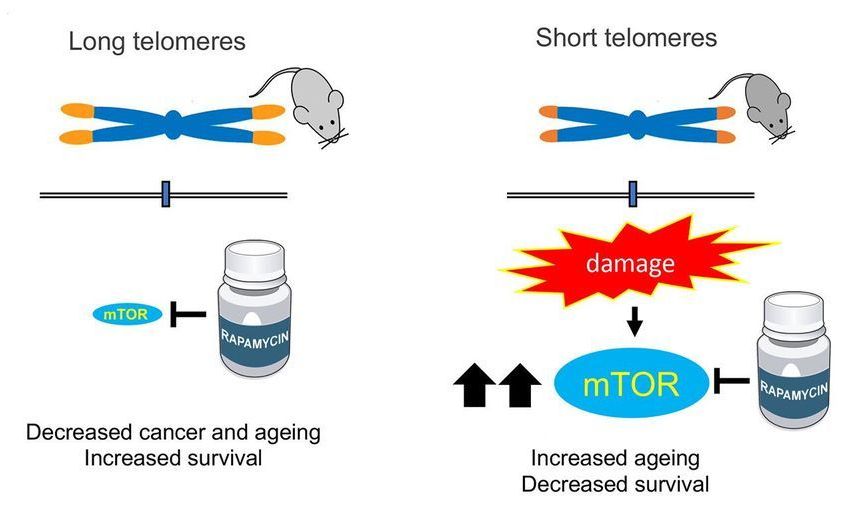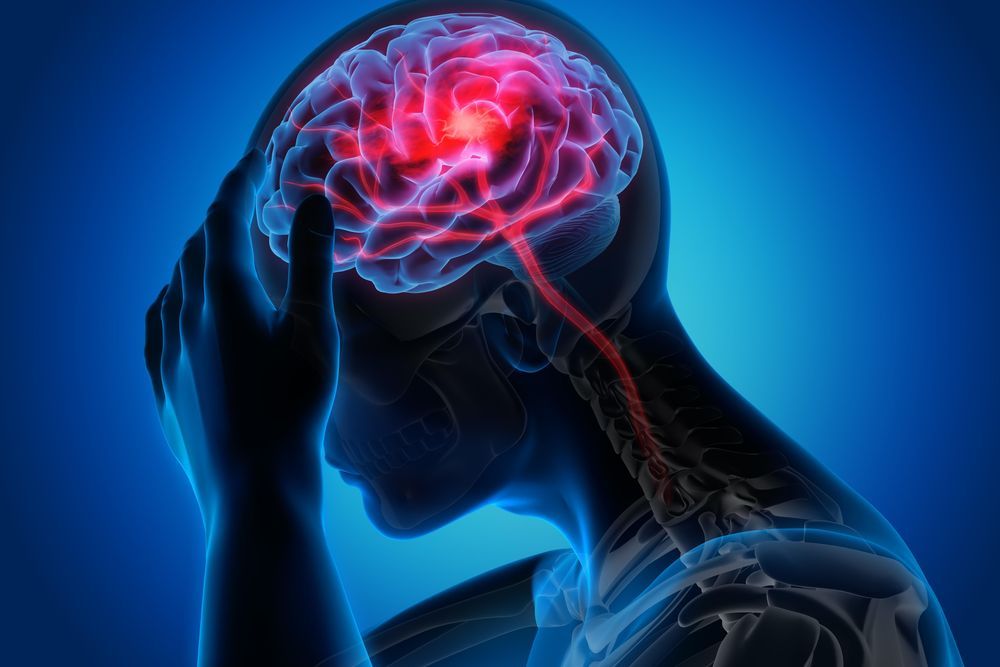Wuhan Coronavirus Pandemic Washington State.
More deaths and it looks like they’re going to look at previous deaths at the retirement home that is the epicenter to see if some of those previous deaths were caused by Wuhan Coronavirus.
“Killian went on to say that since February 19, Life Care Center reported 26 deaths. Since that date, 11 additional patients died at the facility. They generally have three to seven deaths a month, Killian said. Life Care Center is still waiting back for reports on post-mortem testing and whether 11 of those patients tested positive for coronavirus.”
SEATTLE — Another death from coronavirus in King County was reported Saturday, bringing the total to 16 in Washington state. So far, at least 103 have tested positive for COVID-19 in the state.









